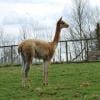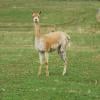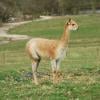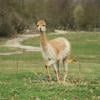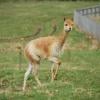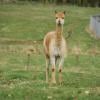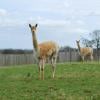In 1974 numbers of Vicugnas had dropped to just 6,000 animals. Now they number around 125,000 due to conservation measures and government protection.
Believed to be the wild ancestor of the domesticated Alpaca, Vicugnas feed on the few grasses and roots they can find high up in the Andes plateaus. The vicugna is extremely slender with a long limbs and neck and striking white hair on its chest that measures between eight and twelve inches long.
To avoid inbreeding, the male will chase off his offspring when they reach around one year old. In turn, the females will join another herd. Males below 1 year old tend to form bachelor groups until they are ready to mate themselves. Mating takes place in March and April with one foal being born 11 months later. The foal will drink its mother’s milk for 10 months, but will start to graze at around 6 months of age.
ConservationStatus
Least Concerned
Near Threatened
Vulnerable
Endangered
Critically Endangered
Extinct In The Wild

